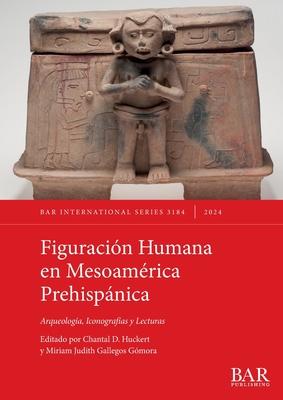Las culturas prehispnicas de Mxico desde el Preclsico Temprano representan la figura humana de diversas formas, incluso en objetos porttiles y contextos arquitectnicos. Estas representaciones aportan valiosos conocimientos sobre la diversidad de las sociedades y su estratificacin, las economas locales y lejanas, las tcnicas de manufactura utilizadas, la iconografa del poder, las ceremonias, las deidades, los calendarios mesoamericanos, as como los sistemas simblicos que los subyacen.
A lo largo de diez captulos de este volumen, los lectores encontrarn diversas perspectivas y nuevos datos analizando las diversas formas de representar el cuerpo en las culturas prehispnicas, desde el Preclsico hasta el Clsico Tardo. Los textos interdisciplinarios destacan el uso de datos geogrficos, etnohistricos, histricos, metodologa comparada y arqueometra (por ejemplo, sobre pigmentos o el origen de los materiales). En general, el volumen pretende generar reflexiones, controversias y nuevos interrogantes para profundizar el conocimiento sobre la forma en que las culturas prehispnicas vean el cuerpo y sus diversos significados en funcin del contexto y el estilo.
The pre-Hispanic cultures of Mexico since the Early Preclassic represent the human figure in a variety of ways, including in portable objects and architectural contexts. These representations provide valuable knowledge about the diversity of societies and their stratification, local and long-distance economies, the manufacturing techniques used, the iconography of power, ceremonies, deities, Mesoamerican calendars, as well as the symbolic systems that link them.
Over the ten chapters in this volume, readers will find diverse perspectives and new data analyzing the various ways of representing the body in pre-Hispanic cultures, from the Preclassic to the Late Classic. The interdisciplinary texts highlight the use of geographical, ethnohistorical, historical data, comparative methodology, and archaeometry (for example, on pigments or the origin of materials). Overall, the volume aims to generate reflections, controversies and new questions to deepen knowledge on the way in which pre-Hispanic cultures viewed the body and its various meanings dependent on context and style.
